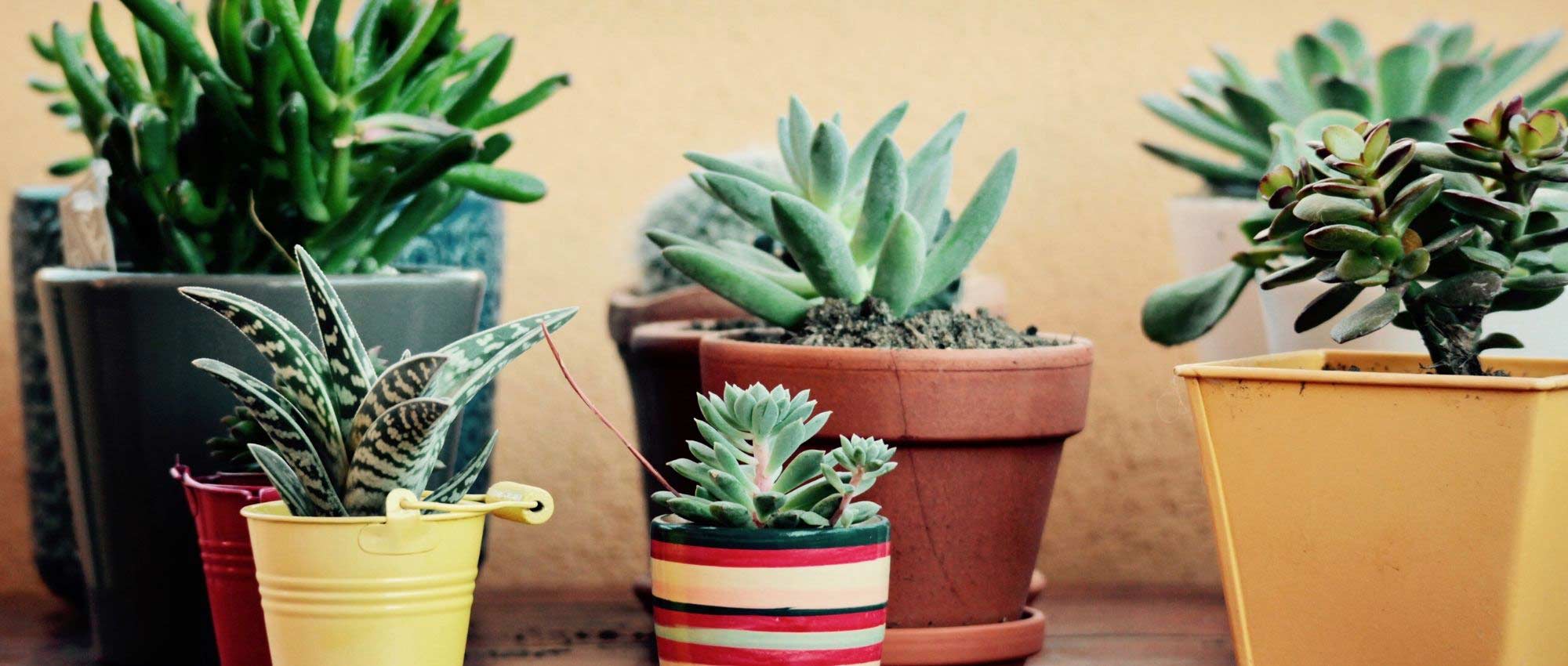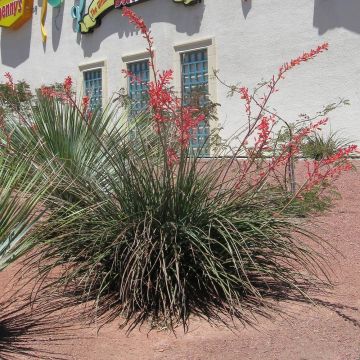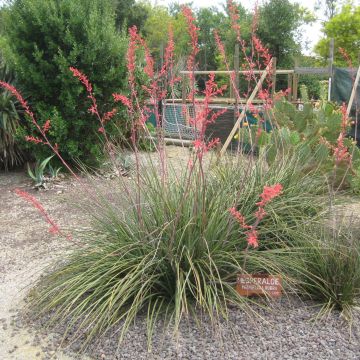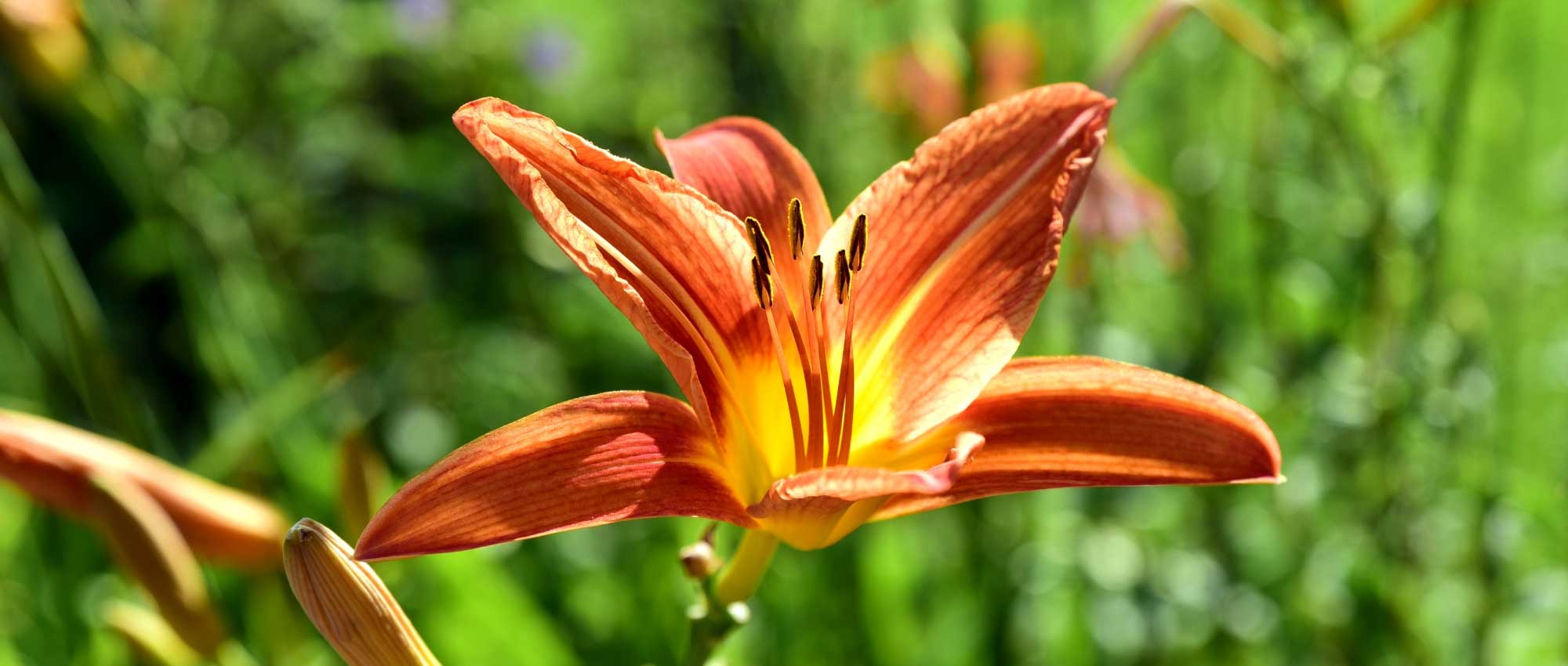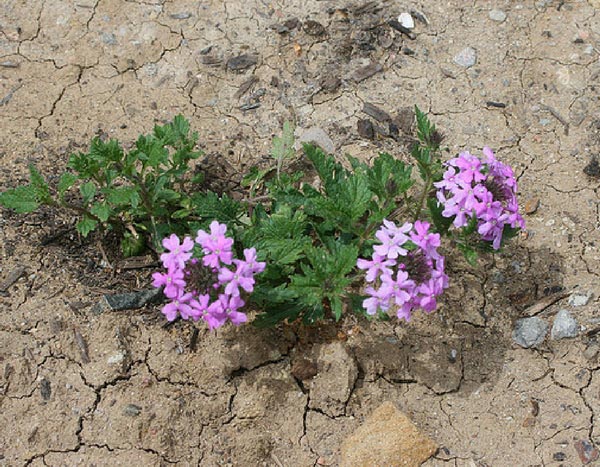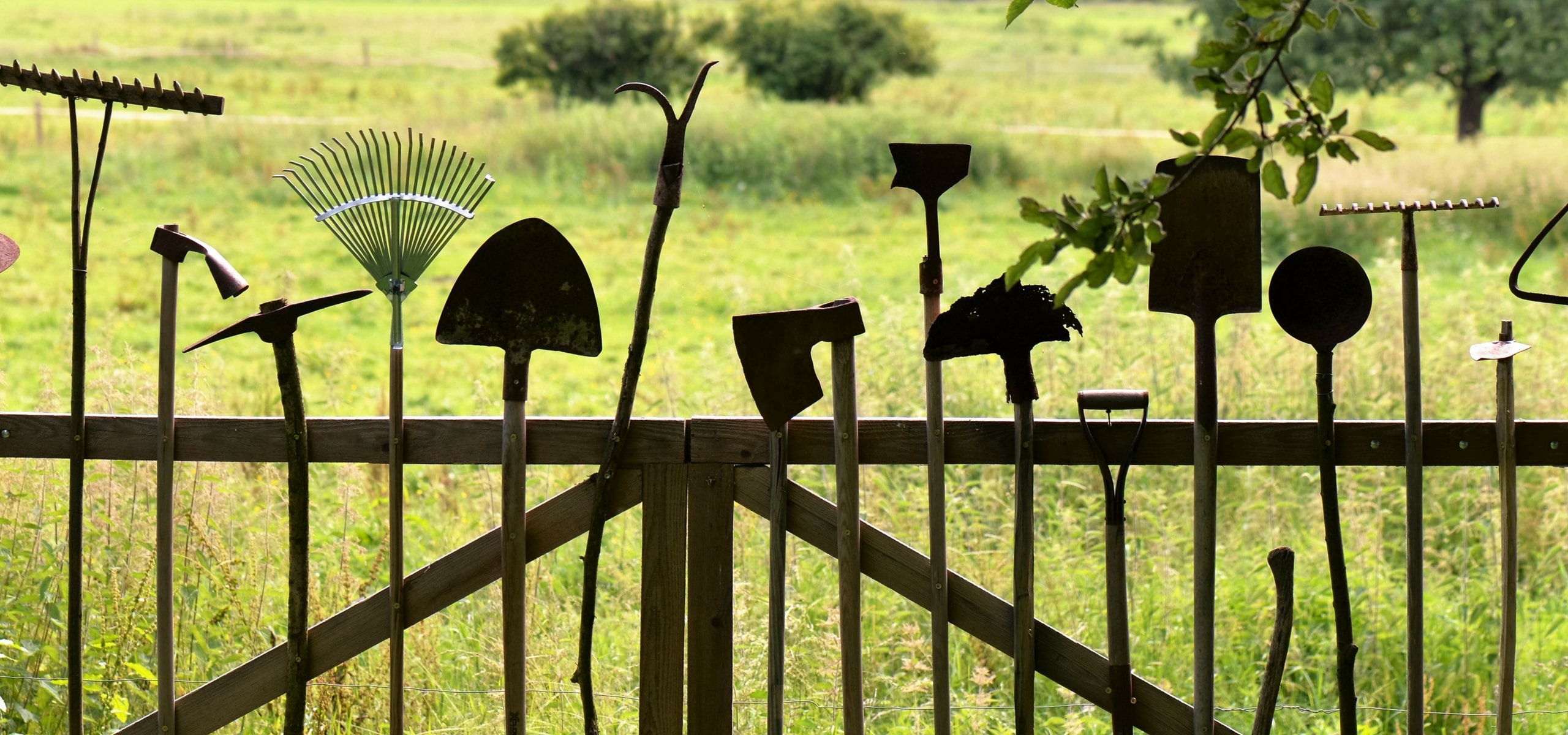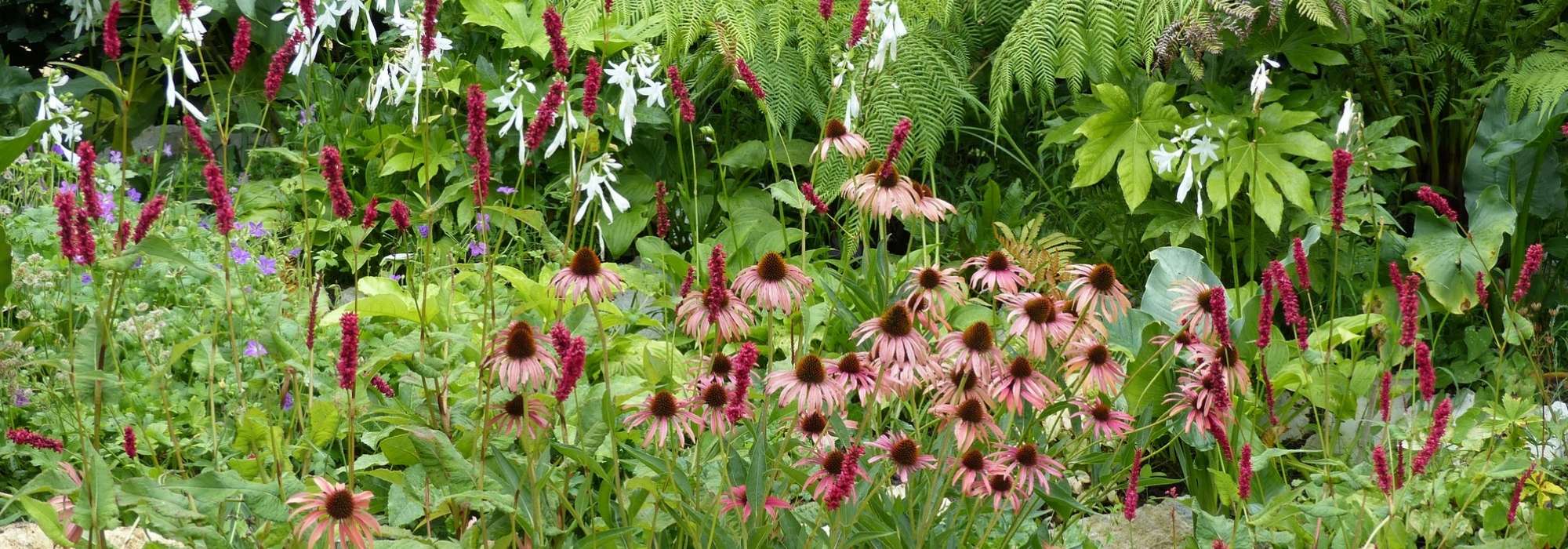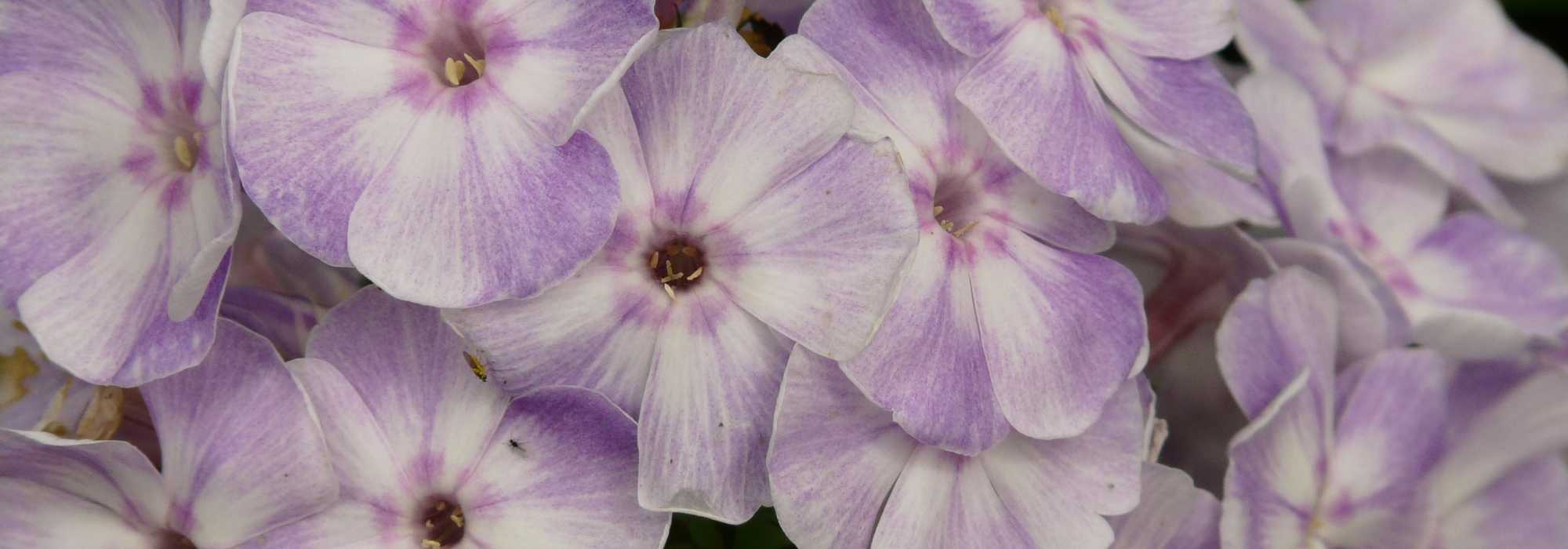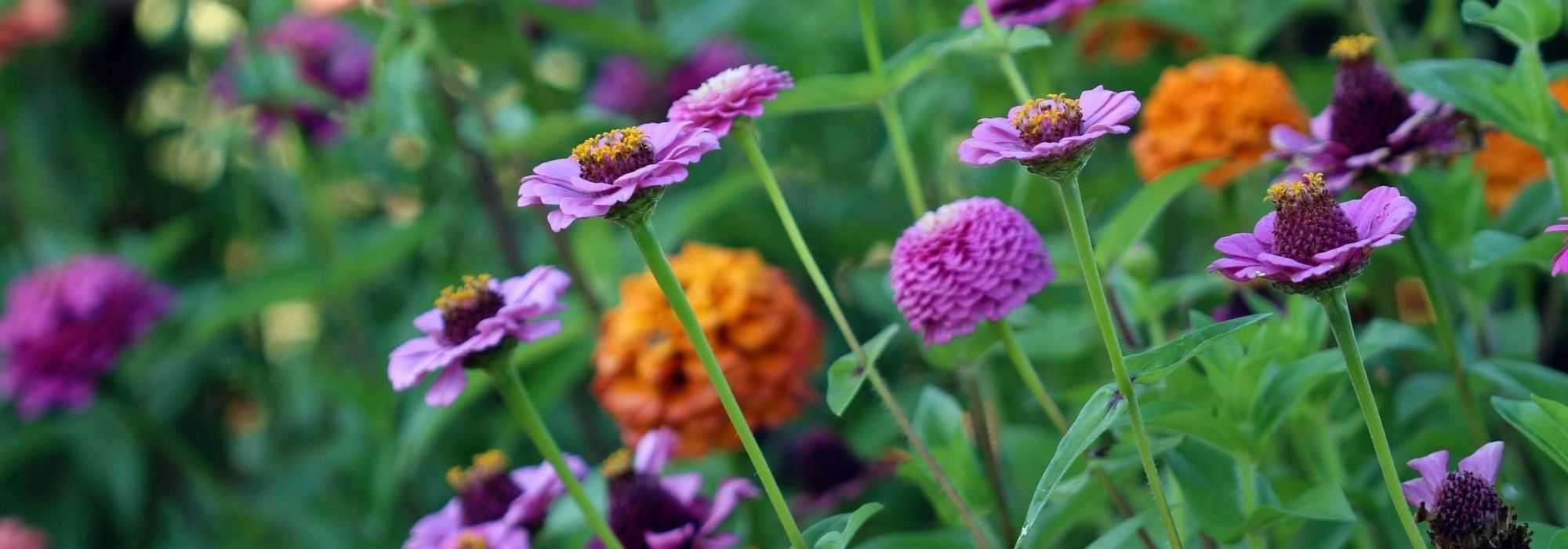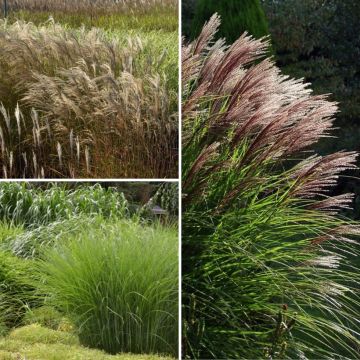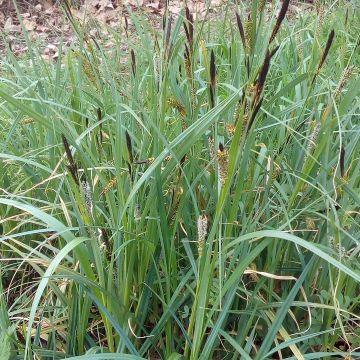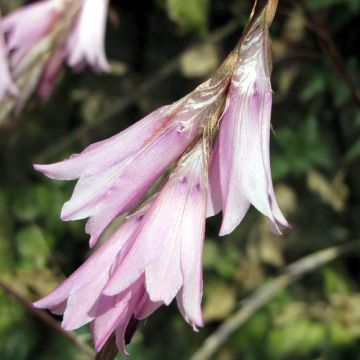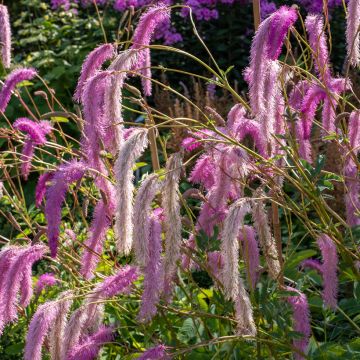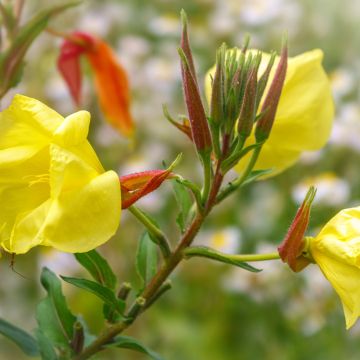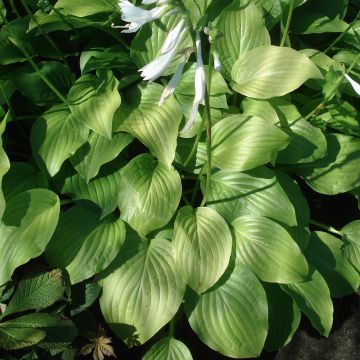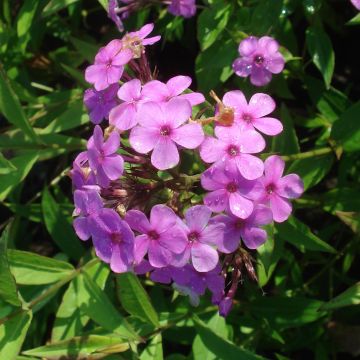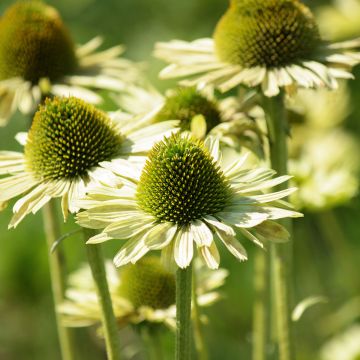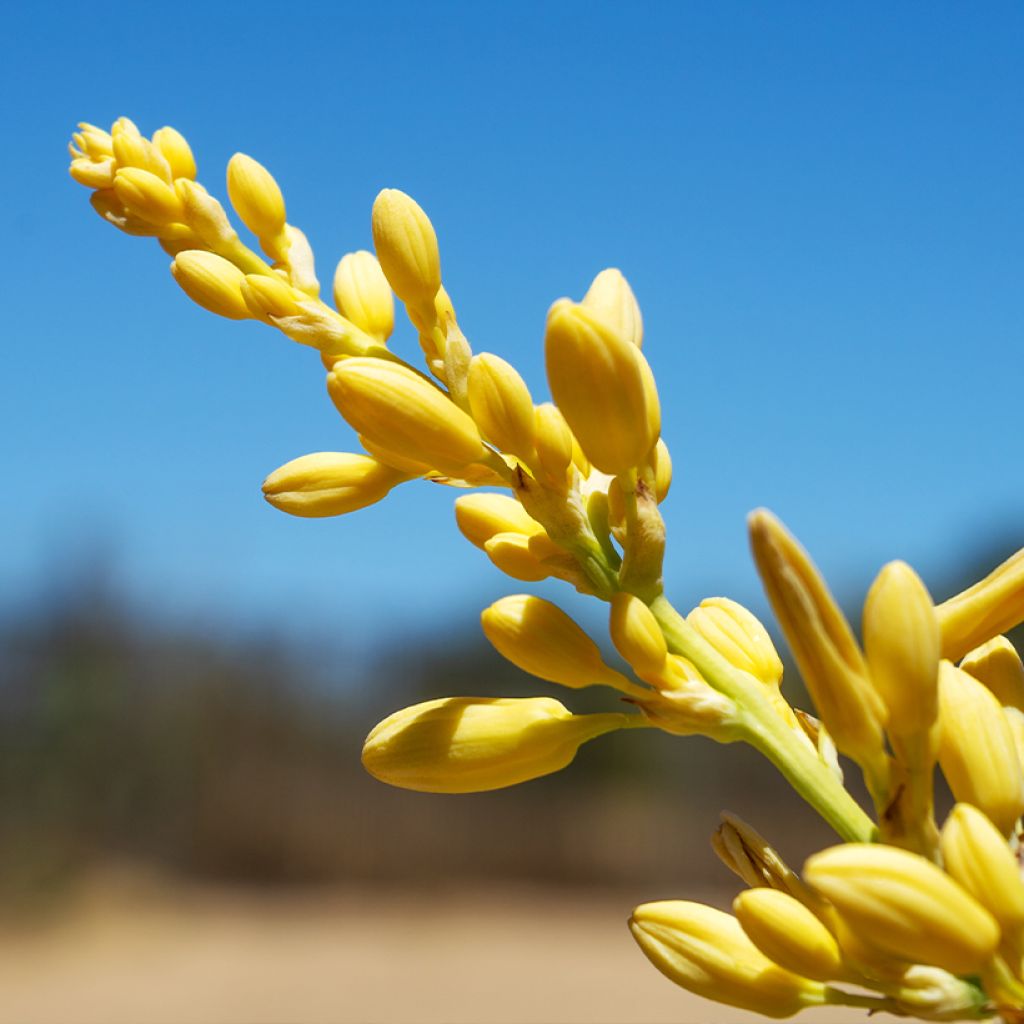

Hesperaloe parviflora Yellow Sun - Red yucca
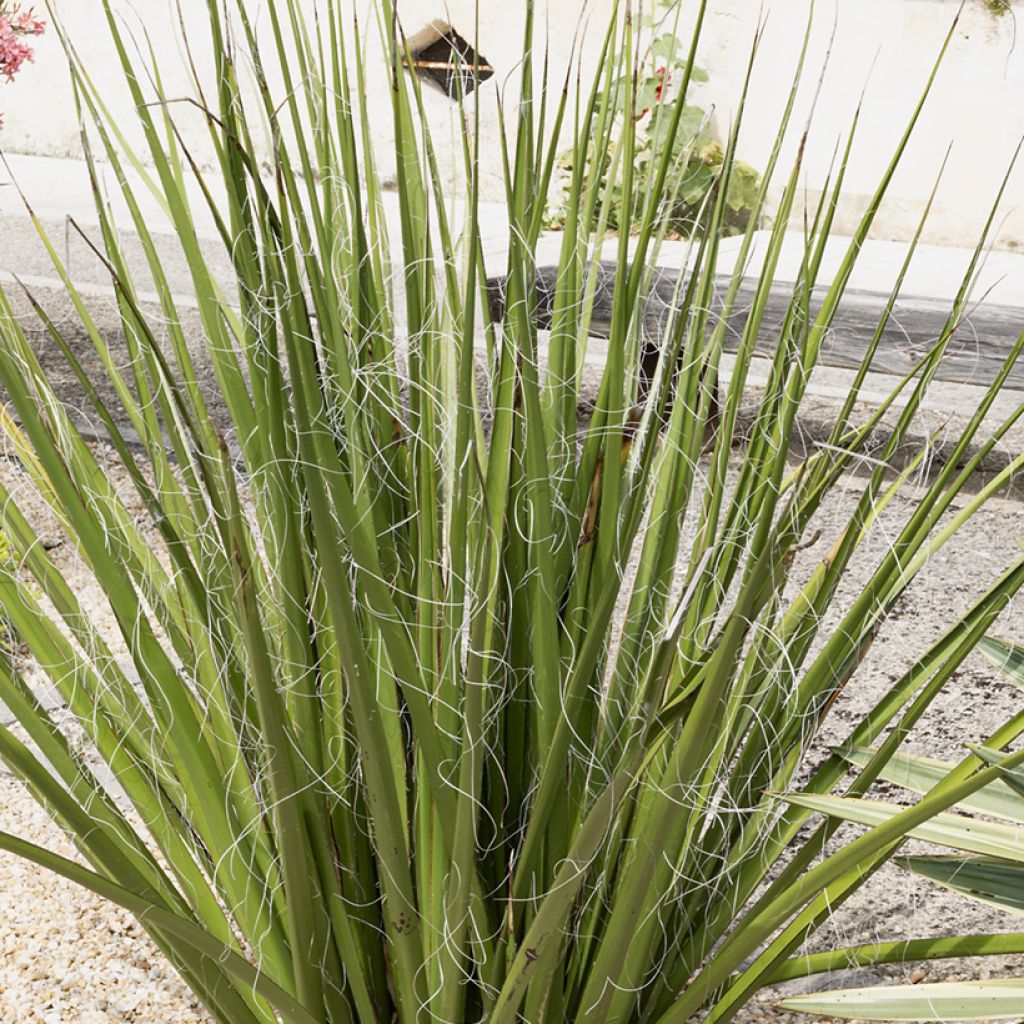

Hesperaloe parviflora Yellow Sun - Red yucca
Hesperaloe parviflora Yellow Sun - Red yucca
Hesperaloe parviflora Yellow Sun
Red yucca
Special offer!
Receive a €20 voucher for any order over €90 (excluding delivery costs, credit notes, and plastic-free options)!
1- Add your favorite plants to your cart.
2- Once you have reached €90, confirm your order (you can even choose the delivery date!).
3- As soon as your order is shipped, you will receive an email containing your voucher code, valid for 3 months (90 days).
Your voucher is unique and can only be used once, for any order with a minimum value of €20, excluding delivery costs.
Can be combined with other current offers, non-divisible and non-refundable.
Home or relay delivery (depending on size and destination)
Schedule delivery date,
and select date in basket
This plant carries a 12 months recovery warranty
More information
We guarantee the quality of our plants for a full growing cycle, and will replace at our expense any plant that fails to recover under normal climatic and planting conditions.
Would this plant suit my garden?
Set up your Plantfit profile →
Description
Hesperaloe parviflora 'Yellow Sun' is a variety of Red Yucca selected for its bright yellow flowering. This extremely robust perennial forms an elegant evergreen clump with a yucca-like appearance, attractive in winter. Throughout summer, it produces tall flower spikes adorned with bright yellow flowers. Very hardy (-15°C), drought-resistant, tolerant of wind and poor soils, and low-maintenance, it's the perfect plant for dry gardens, arid rockeries, and coastal areas.
Hesperaloe parviflora 'Yellow Sun' is a succulent perennial belonging to the Asparagaceae family (subfamily Agavoideae). Native to the arid regions of central and western Texas as well as northern Mexico, particularly the Chihuahuan Desert, the species, Hesperaloe parviflora, grows naturally in these semi-desert areas. The 'Yellow Sun' cultivar stands out for its yellow flowers, unlike the coral-red flowers of the species. This variety is hardy down to -15°C in well-drained soil, and even more so if the soil remains dry in winter. This plant forms a dense basal rosette of narrow, arching leaves, creating a compact and symmetrical clump. The foliage typically reaches a height of 90 to 120 cm, with a similar spread. The flower spikes can rise 1.50 to 1.80 m above the foliage. The grey-green leaves remain evergreen in winter. They are linear, measuring between 60 and 90 cm in length, with edges adorned with white filaments. They are thornless, distinguishing them from true yuccas. The flowers are tubular, bright yellow, and clustered along sturdy, branching flower spikes. Flowering lasts from June to September, attracting pollinators such as hummingbirds and butterflies. The fruits are woody capsules containing flattened black seeds, developing after flowering. The root system of Hesperaloe parviflora consists of deep fibrous roots, giving the plant excellent drought resistance.
Hesperaloe parviflora 'Yellow Sun' is ideal for dry gardens, Mediterranean landscapes, or drought-tolerant schemes. In borders, plant it in small groups of 3 to create focal points. In rockeries or gravel gardens, it will add structure and vertical interest. In the garden, you can pair it with other "desert-style" plants, such as agaves, dasylirions, yuccas, or opuntias, which share the same requirements. For contrast, combine it with ornamental grasses like Stipa tenuifolia or Pennisetum—their soft foliage will soften the architectural look of Hesperaloe. In pots on a terrace, it will make a striking display alongside euphorbias or lavenders. In New Mexico and Arizona, Hesperaloe parviflora is commonly planted as large-scale ground cover by landscape professionals, who use it to replace lawns on roundabouts and central reservations due to its exceptional resilience.
Hesperaloe parviflora Yellow Sun - Red yucca in pictures


Flowering
Foliage
Plant habit
Botanical data
Hesperaloe
parviflora
Yellow Sun
Asparagaceae
Red yucca
Cultivar or hybrid
Other Red Yucca - Hesperaloe
View all →Planting and care
Plant Hesperaloe parviflora 'Yellow Sun' in full sun, in ordinary, not too clayey, even poor, stony, slightly acidic or chalky, sandy soil, well-drained to increase its cold resistance. If your soil tends to be clayey, lighten it as much as possible by planting on a mound or raised border, 20-30 cm above the ground, enriched with coarse sand and gravel. It tolerates winter moisture and cold quite well, and copes perfectly with very dry soils in summer as well as arid conditions. It will withstand significant but short-lived frosts, down to around -15°C. Snow is not a problem in well-drained, rocky soil.
Planting period
Intended location
Care
Planting & care advice
This item has not been reviewed yet - be the first to leave a review about it.
Similar products
Haven't found what you were looking for?
Hardiness is the lowest winter temperature a plant can endure without suffering serious damage or even dying. However, hardiness is affected by location (a sheltered area, such as a patio), protection (winter cover) and soil type (hardiness is improved by well-drained soil).

Photo Sharing Terms & Conditions
In order to encourage gardeners to interact and share their experiences, Promesse de fleurs offers various media enabling content to be uploaded onto its Site - in particular via the ‘Photo sharing’ module.
The User agrees to refrain from:
- Posting any content that is illegal, prejudicial, insulting, racist, inciteful to hatred, revisionist, contrary to public decency, that infringes on privacy or on the privacy rights of third parties, in particular the publicity rights of persons and goods, intellectual property rights, or the right to privacy.
- Submitting content on behalf of a third party;
- Impersonate the identity of a third party and/or publish any personal information about a third party;
In general, the User undertakes to refrain from any unethical behaviour.
All Content (in particular text, comments, files, images, photos, videos, creative works, etc.), which may be subject to property or intellectual property rights, image or other private rights, shall remain the property of the User, subject to the limited rights granted by the terms of the licence granted by Promesse de fleurs as stated below. Users are at liberty to publish or not to publish such Content on the Site, notably via the ‘Photo Sharing’ facility, and accept that this Content shall be made public and freely accessible, notably on the Internet.
Users further acknowledge, undertake to have ,and guarantee that they hold all necessary rights and permissions to publish such material on the Site, in particular with regard to the legislation in force pertaining to any privacy, property, intellectual property, image, or contractual rights, or rights of any other nature. By publishing such Content on the Site, Users acknowledge accepting full liability as publishers of the Content within the meaning of the law, and grant Promesse de fleurs, free of charge, an inclusive, worldwide licence for the said Content for the entire duration of its publication, including all reproduction, representation, up/downloading, displaying, performing, transmission, and storage rights.
Users also grant permission for their name to be linked to the Content and accept that this link may not always be made available.
By engaging in posting material, Users consent to their Content becoming automatically accessible on the Internet, in particular on other sites and/or blogs and/or web pages of the Promesse de fleurs site, including in particular social pages and the Promesse de fleurs catalogue.
Users may secure the removal of entrusted content free of charge by issuing a simple request via our contact form.
The flowering period indicated on our website applies to countries and regions located in USDA zone 8 (France, the United Kingdom, Ireland, the Netherlands, etc.)
It will vary according to where you live:
- In zones 9 to 10 (Italy, Spain, Greece, etc.), flowering will occur about 2 to 4 weeks earlier.
- In zones 6 to 7 (Germany, Poland, Slovenia, and lower mountainous regions), flowering will be delayed by 2 to 3 weeks.
- In zone 5 (Central Europe, Scandinavia), blooming will be delayed by 3 to 5 weeks.
In temperate climates, pruning of spring-flowering shrubs (forsythia, spireas, etc.) should be done just after flowering.
Pruning of summer-flowering shrubs (Indian Lilac, Perovskia, etc.) can be done in winter or spring.
In cold regions as well as with frost-sensitive plants, avoid pruning too early when severe frosts may still occur.
The planting period indicated on our website applies to countries and regions located in USDA zone 8 (France, United Kingdom, Ireland, Netherlands).
It will vary according to where you live:
- In Mediterranean zones (Marseille, Madrid, Milan, etc.), autumn and winter are the best planting periods.
- In continental zones (Strasbourg, Munich, Vienna, etc.), delay planting by 2 to 3 weeks in spring and bring it forward by 2 to 4 weeks in autumn.
- In mountainous regions (the Alps, Pyrenees, Carpathians, etc.), it is best to plant in late spring (May-June) or late summer (August-September).
The harvesting period indicated on our website applies to countries and regions in USDA zone 8 (France, England, Ireland, the Netherlands).
In colder areas (Scandinavia, Poland, Austria...) fruit and vegetable harvests are likely to be delayed by 3-4 weeks.
In warmer areas (Italy, Spain, Greece, etc.), harvesting will probably take place earlier, depending on weather conditions.
The sowing periods indicated on our website apply to countries and regions within USDA Zone 8 (France, UK, Ireland, Netherlands).
In colder areas (Scandinavia, Poland, Austria...), delay any outdoor sowing by 3-4 weeks, or sow under glass.
In warmer climes (Italy, Spain, Greece, etc.), bring outdoor sowing forward by a few weeks.






























